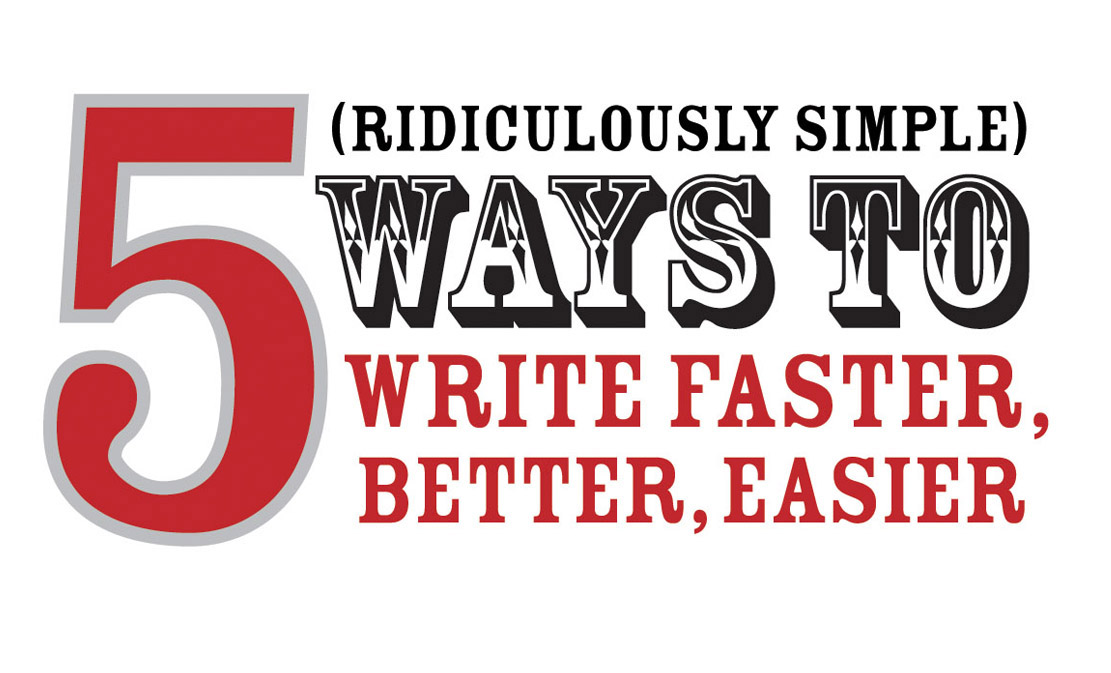19 Often Overlooked Questions to Propel Employee Conversations
 Sunday, December 20, 2009 at 08:25AM
Sunday, December 20, 2009 at 08:25AM  Smart leaders ask interesting questions.
Smart leaders ask interesting questions.
These questions are ignored by many; used by a few.
Here are a handful of questions to help you bridge the gap from "cubicle to community."
The companion article to this post is "19 Surprising Questions To Help You Energize Employee Conversations."
These 38 questions in total will provide you some amazing answers for any media program you are designing and implementing.
Your mileage may vary but I wonder which ones might work for you?
What would happen if we:
1. Connected disconnected pieces to show the “big picture?”
2. Created a visual map making it easy for everyone to know where we’re headed?
3. Shared more success stories?
4. Showed stories of how problems were solved?
5. Showed stories of how ideas failed?
6. Learned to be more trusting?
7. Invited employees to share their personal leadership tips?
8. Listened by asking what matters most to them?
9. Simplified complex business ideas with personal experiences?
10. Encouraged and told stories that point to something bigger than ourselves?
11. Presented more personality and humanized our company?
12. Started thinking “community” instead of “corporate?”
13. Saw or heard stories of leaders capturing our imaginations?
14. Told employees why we are in business in the first place?
15. Demonstrated our values in action when recruiting potential candidates?
16. Stopped using or creating strategies that don’t work?
17. Simplified things?
18. Considered today as the first day we had a communications department?
19. Integrated employees regularly in our communications?
What's your take?
What questions have you used to drive employee conversations? What approaches work for you?
---Tom
PS. If you enjoyed this post, feel free to share it with the "Share Article" button below.
Originally posted in FastCompany.com.








